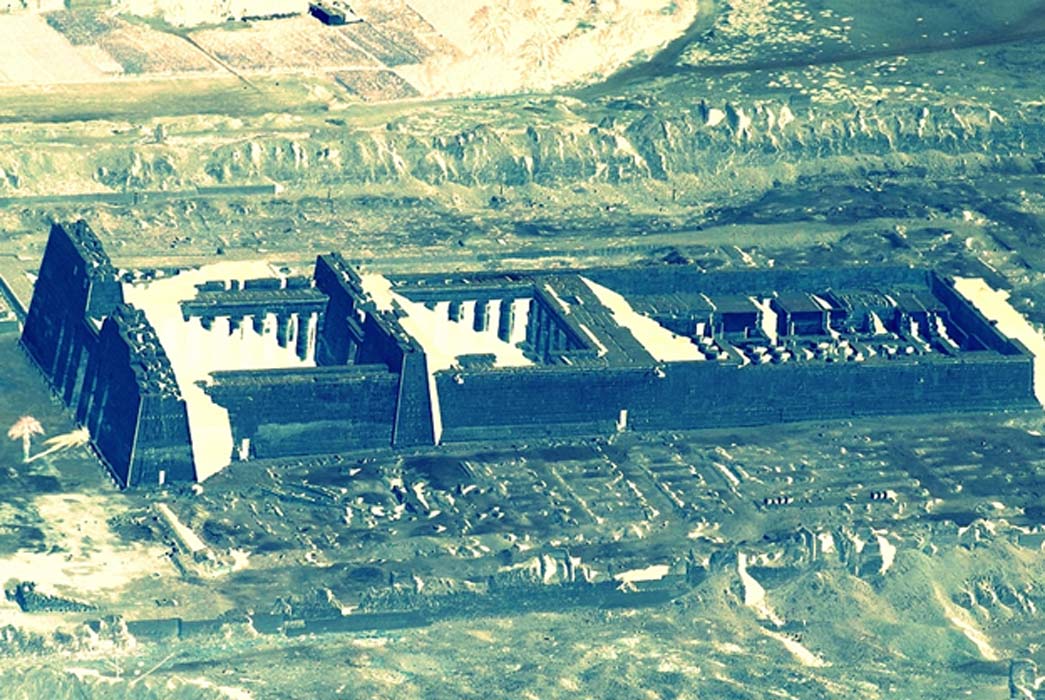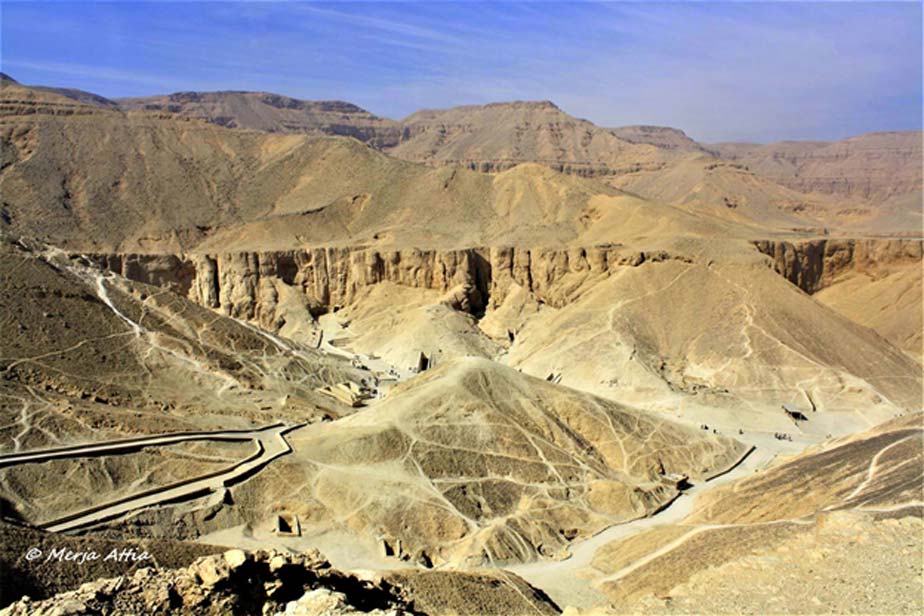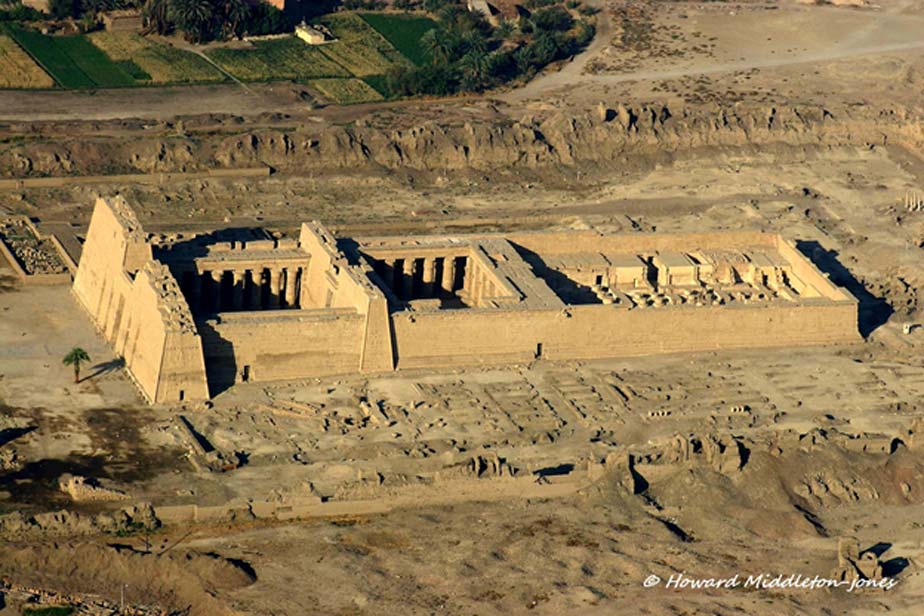
Butehamun, Opener of the Gates to the Underworld: Dismantling Sacred Places of the Dead
At the very end of the Twentieth Dynasty and through to the beginning of the early Twenty-First Dynasty, one after another, the many royal dead in the Valley of the Kings were divested of their funerary paraphernalia. What was once considered sacrilege and unthinkable was now par for the course, thanks almost wholly to state-sanctioned looting of these sacred sanctuaries. The services of two necropolis scribes: Djehutymose and his son, Butehamun, were enlisted to systematically seek out, plunder and “restore” the burials of kings, queens, and priests. In doing so, the duo penned one of the most sordid chapters in ancient Egyptian history.

An overview of the Valley of the Kings as seen from one of the ancient workmen's pathways. The royal necropolis was plundered ruthlessly for golden treasures by the state.
In a time when the threat of internal rebellion, poverty and diminishing respect for Egypt existed, the priest-kings who usurped power needed wealth to fulfill their ambitious building projects to the glory of the pantheon. With sources of revenue dying out, they hit upon a devious plan to fill the coffers in the form of bullion, stocked in the tombs of their forebears; this, under the guise of restoration. Much earlier, tomb robbers struck at several Seventeenth Dynasty burials in the Valley of the Queens and the mortuary temples of deceased kings. In the fourth year of Herihor’s rule (1066), the necropolis scribe Butehamun received an order to carry out “work” in the tomb of Horemheb.

The richly decorated front and text-filled inside of the coffin of Butehamun, scribe of the royal necropolis. Third Intermediate Period, Dynasty 21. Museo Egizio, Turin, Italy.
It was the beginning of the end for the royal graveyard. Over the next decade, the tombs of the New Kingdom pharaohs were emptied one by one. The workmen who carried out the task even seem to have had a map of the valley (surely provided by the authorities) to assist the clearance. “Herihor set up a series of royal commissions and appointed scribe Djeutymose to investigate what had gone on during the Year of the Hyena. Nubian viceroy came and settled. King settled it. Ten years of chaos and anarchy. The original flower was lost in the year of the Hyena," explains John Romer.
“Then, on the pretext of safeguarding the integrity of all royal tombs, the authorities switched their focus to the Valley of the Kings itself. Their main objective was to expropriate the large quantities of gold and other valuables buried in the Theban hills. These were swiftly removed to the state treasury, leaving only the mummies—rudely unwrapped in the search for hidden jewels—to be taken to Butehamun’s imposing office at Medinet Habu for processing and rewrapping. Little wonder that Butehamun was proud to call himself, without a hint of irony, “overseer of the treasuries of the kings.” So rife was tomb robbery in the Theban necropolis at this time that private individuals designed their interments with an obsessive emphasis on inaccessibility, to make the robbers’ job as hard as possible,” notes Toby Wilkinson.

The imposing mortuary temple of Ramesses III at Medinet Habu. This place functioned as a workshop for rewrapping many royal mummies during the official ‘restoration’ project. The image was shot by the photographer during an aerial survey of the West Bank in 2010.




